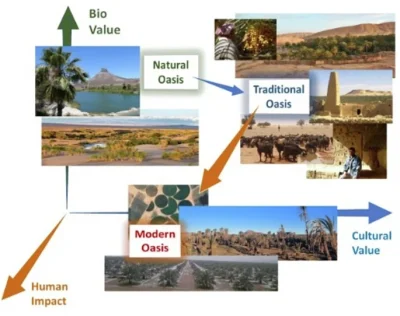Résumé : Ethnoarchaeological studies have highlighted a wide variety of organic coatings used by contemporary potters’ communities. Previous analyses have demonstrated the absorption of organic molecules from coatings in pottery, but these were mainly based on experimental approaches using only a few products, without considering the complexity of the chaînes operatoires of pottery manufacture. This study addresses the question of the identification of organic coatings, by investigating ethnographic vessels from three different pottery traditions in southern Senegal which involve such surface treatments. Coated pots are analysed before and after use, combining macro- and mesoscopic observations alongside biomolecular investigations. Based on observational criteria, this work highlights the partial degradation of the organic coatings during the initial use of the pottery, with an almost complete disappearance of visual clues observed after some months of use. Biomolecular analyses confirm that lipids from coating products can be absorbed. Yet, once the container has been used, it becomes challenging to distinguish between the coating products and the contents. However, one pottery displays molecular compounds that may originated from the coating product. These findings underscore the need to consider the entire life cycle of a ceramic vessel to ascertain the origin of the organic compounds trapped in its matrix. This origin may be traced back to either to the manufacturing stages of the vessel or to its use.
A lire aussi
Article | Oases of the world: Urgent call to save key archives for cultural and biological diversity
Bretzke, K., Sanz, N., Falkenhahn, M. et al. Oases of the world: Urgent call to save key archives for cultural and biological diversity. npj Herit. Sci. 13, 563 (2025)
Article | Can we detect soil salinity in ancient arid agricultural soils? A geoarchaeological, physico-chemical and micromorphological investigation (Oasis of Masafi, UAE)
Louise Purdue, Arnaud Raibaldi, Arnaud Mazuy, Sophie Costa, Journal of Arid Environments, Volume 232, 2026
Musée de Terra Amata | interview Michel Véronique, datations
Le site préhistorique de Terra Amata à Nice a été daté de 380 000 et 400 000 ans. Véronique Michel, chercheuse au CNRS (CEPAM), nous explique comment on a pu procéder pour obtenir ce résultat



